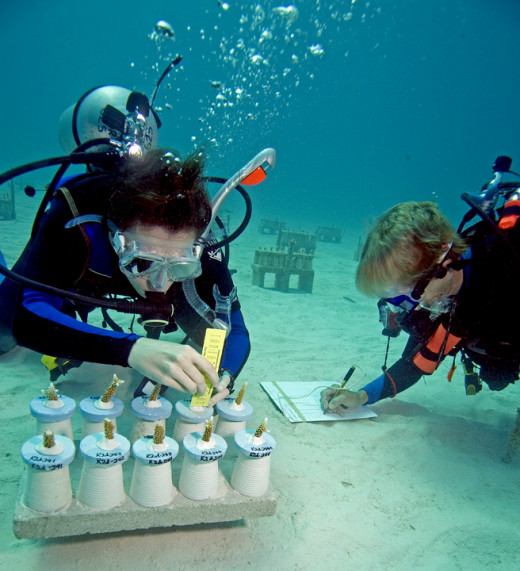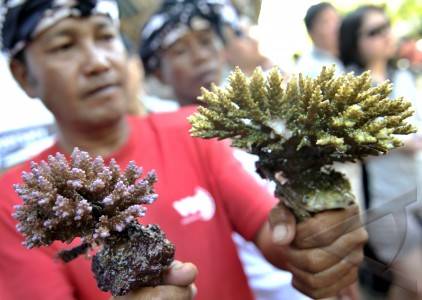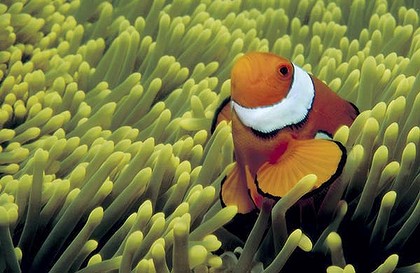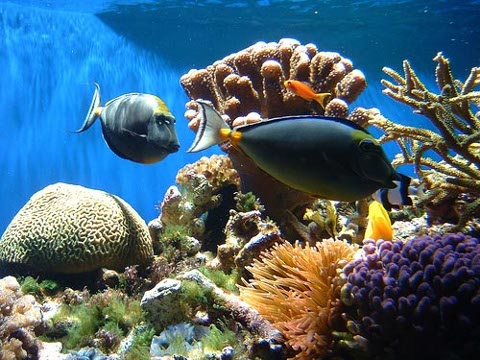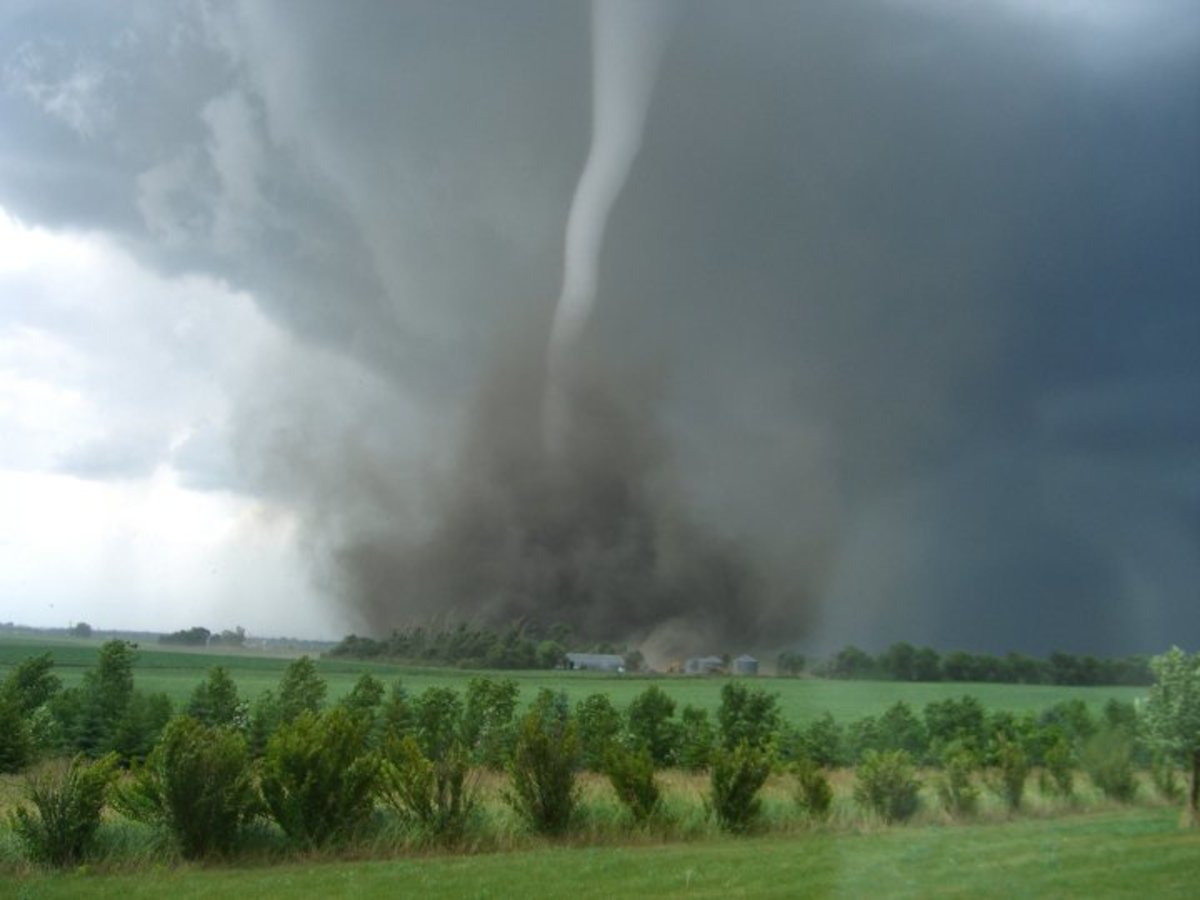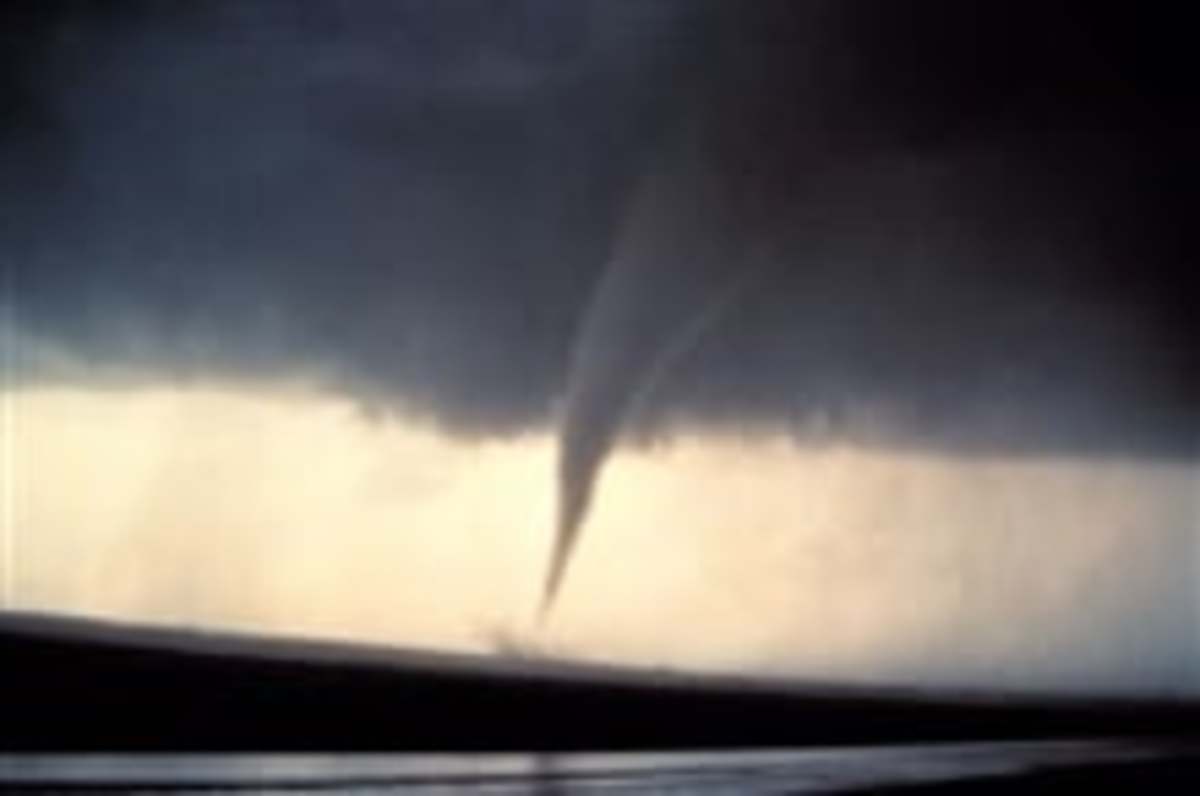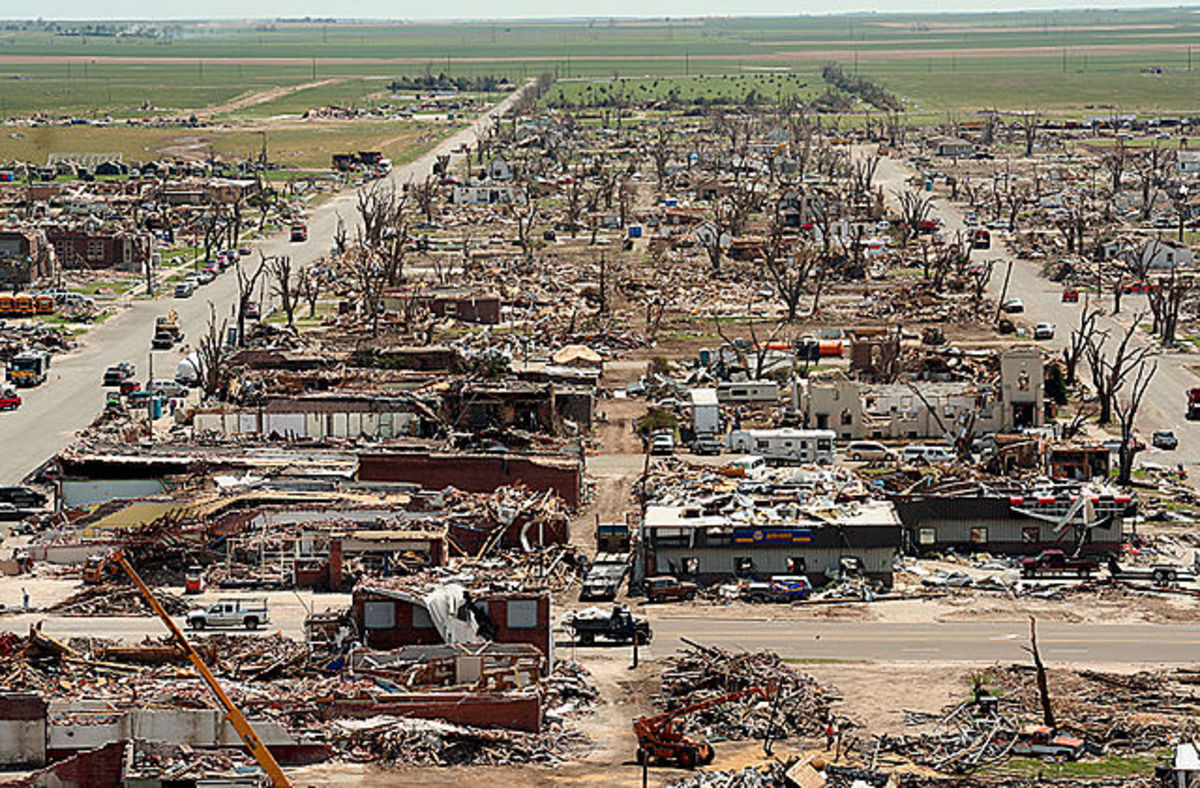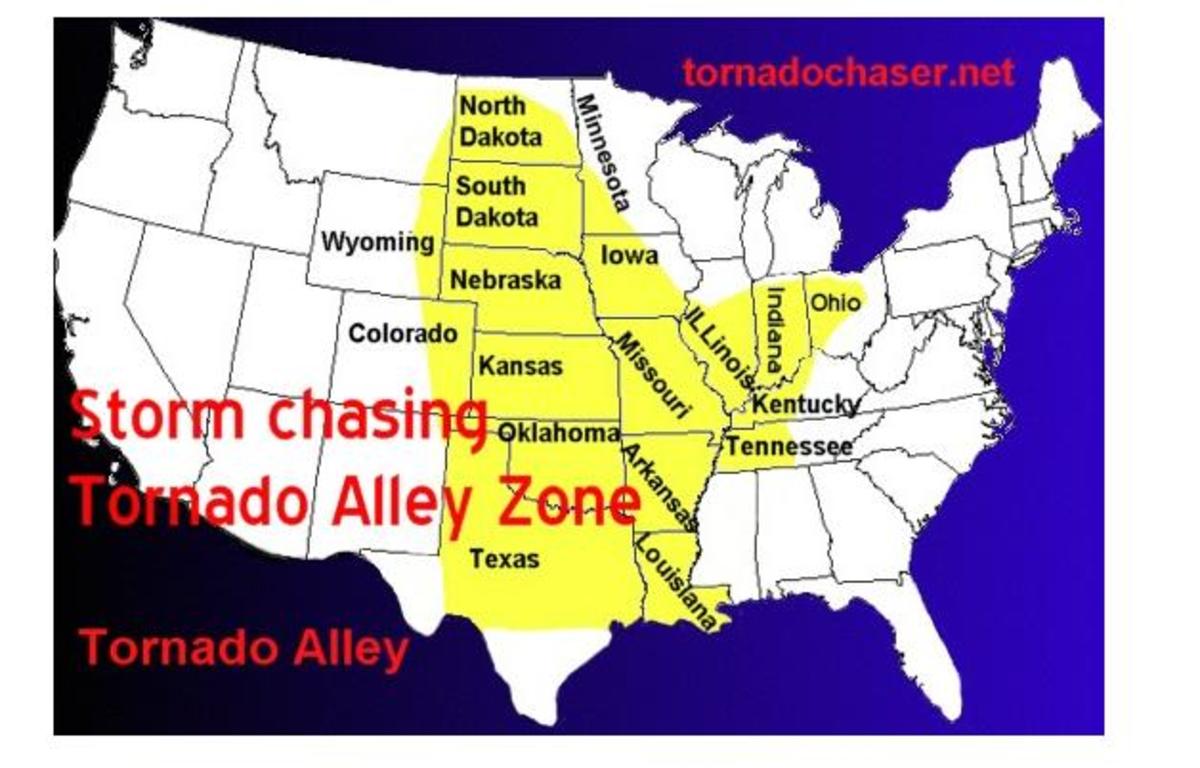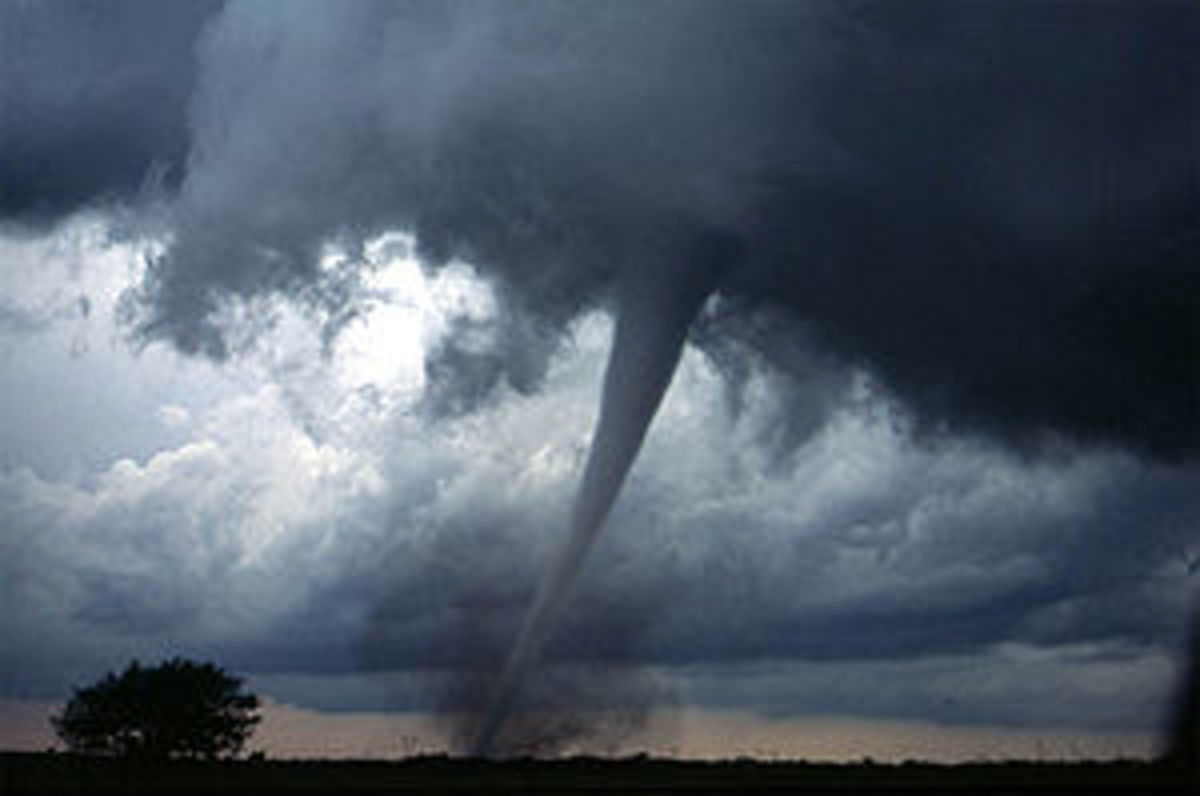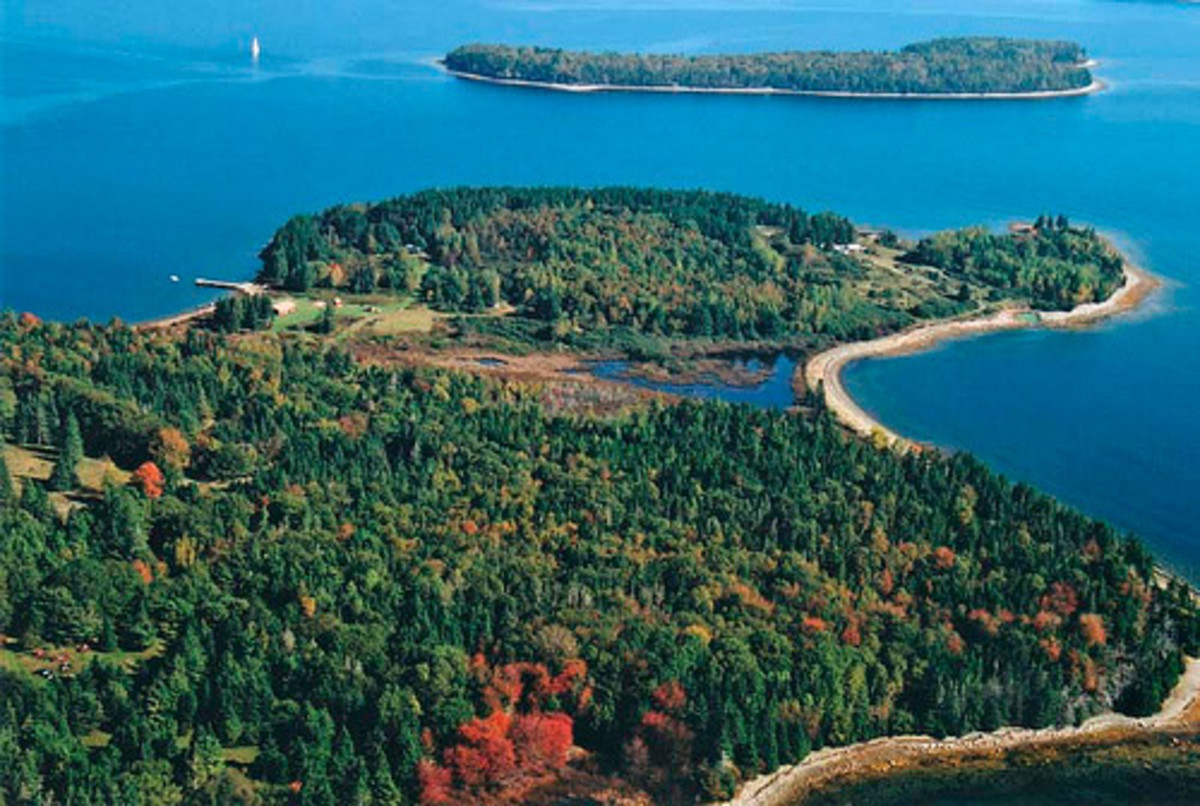The Beauty of Fish Tornado
I think most of us very familiar with tornado. What does tornado mean? Tornado is nature’s most violent storms with a rotating funnel-shaped cloud that extends from a thunderstorm to the ground. It can cause fatalities and devastate a neighborhood in seconds. Most of us called this as twisters or cyclones. No wonder that many films use tornado as inspiration. Such as: Twister is an American disaster drama film, with the starring Bill Paxton and Helen Hunt as storm chasers who researching tornadoes.
Based on the etymology, tornado word came from the Spanish word “tronada”, which means "thunderstorm". We may often hear about the VORTEX or funnel cloud. Many scientists said that vortex to be classified as a tornado. The conclusion is the tornado refers to the vortex of wind. Tornadoes are often known as Supercells, like: EF3 to EF5. From twister movie, they described very well about tornado classified, ranging from F0, F1, F3, F4, and F5. Fujita scale is a method to classify the level of damage produced by tornadoes. This method crated by Dr. T. Theodore Fujita. Many things that accompany tornadoes, like: very heavy rain, strong wind gusts, frequent lightning, and also hail which are common in such storms.
The most dangerous tornado can attain wind speeds of more than 300 miles per hour or about 483 km/h and stay on the ground of more than 100 km. Damage paths can be in excess of one mile wide and 50 miles long. Though most of tornadoes have wind speeds less than 110 miles per hour or about 177 km/h and height about 250 feet or 76 m.
Facts about tornado
There are many facts about tornado. Such as: it may strike quickly, with little or no warning. Usually tornado moves from Southwest to Northeast, but back to basic that we can’t predict when it comes. So, tornadoes have been known to move in any direction. It can accompany by the hurricanes and tropical storms as they move onto land. Based on the season, peak tornado season in the southern states is March through May. It is late spring through early summer, in the northern states. But during spring and summer months, the tornadoes are most frequently reported east of the Rocky Mountains.
Fire tornado: amazing phenomenon
But have you ever heard about unique tornado. You may read about my hub with title, “Fire Tornado Phenomenon (Complete with Amazing Video)". It is a very rare tornado. Or I can say that it's a unique phenomenon. The phenomenon was reported in Budapest (Hungary), Brazil, and also reported in Japan. From this hub we can see the video how the fire tornado was created, through a series of experiments. The most fantastic video come from Aracatuba, in southern Sao Paulo State (Brazil). I hope we can learn from the video and how the scientists described about this phenomenon.
Fish rain caused by tornado
Now, I’ll share about beautiful tornado phenomenon. We wouldn't see kind of disasters, deaths, storms, lightning, and heavy rain. From this hub we’ll see a fish rain. Another weird phenomenon comes from the sea creature. You may read my hub related with fish rain at “Weird Rain Phenomenon in The World”. This hub explained how the fish rain happened, like in Louisiana and Australia. The conclusion is the fish rain very possible happened because of tornadoes.
Fish Tornado
Tornado is not only synonymous with high winds. A flock of fish in the waters of Cabo Pulmo National Park, Mexico is also able to act like a tornado. An underwater photographer, namely Octavio Aburto has captured undersea tornado of swirling fish after three years of research and collate scientific documentation. The fish tornado was seen mesmerizing divers off Mexico's coast.
Thousands of fish together produced a whirling formation that we usually see in a tornado. Of course, we didn’t see storm, thunder, lightning or heavy rain as well. But we can see eyes, mouths and fins of the thousand fish on the bottom of the Sea of Cortez’s Cabo Pulmo National Park. It’s a beautiful fish tornado formed naturally. Even Mr. Aburto said that it's extremely rare phenomenon.
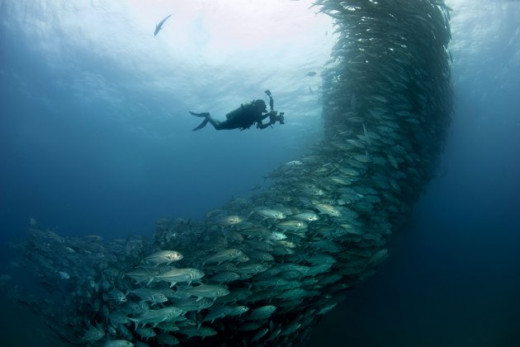
The picture was captured at noon. Thousand fish congregate to form a large spawning aggregation around the reefs of the Cabo Pulmo National Park, Mexico. Mr.aburto wait at least about an hour before the fish united together as seen. Is the picture authentic? After he entered into National Geographic's 2012 photo contest, he received phone calls and never-ending emails questioning about his work’s authenticity. Many people assumed that the pictures are image processing with photoshop. But from the video we can see that the fish tornado is REAL.
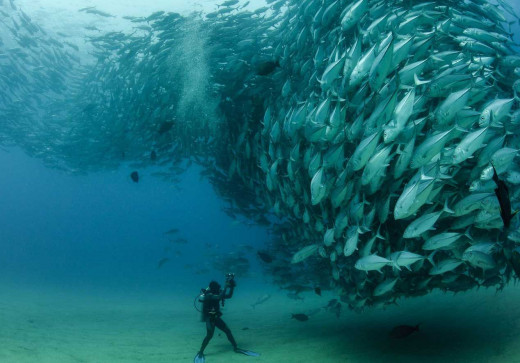
He explained that many people may not know about the fish spawning aggregations. It’s a simply fact about underwater creatures. From underwater the fish participating in these behaviors and the people can’t see. Even the scuba divers or those who use snorkel are very rarely able to capture this moment.
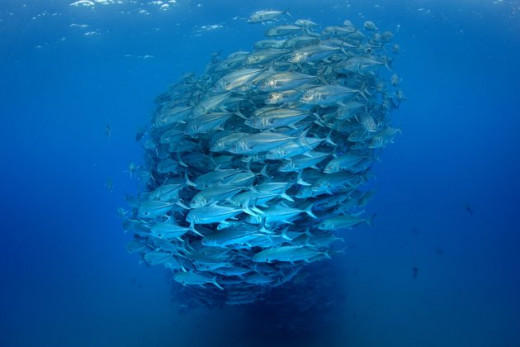
The major reason why this moment so rarely is because of overfishing has left fish stocks so depleted. He said again that difficult for us to see these types of spawning aggregations like this one. Mr. Aburto devoted his life to the conservation of marine life at Cabo Pulmo. He worked as as a researcher for more than 15 years. He send a message for us through the pictures of fish tornado. He hopes that the pictures will raise awareness of devastation inflicting the national undersea. Especially the national undersea parks, like in Cabo Pulmo. He'll do everything as the effort for the preservation the undersea parks.
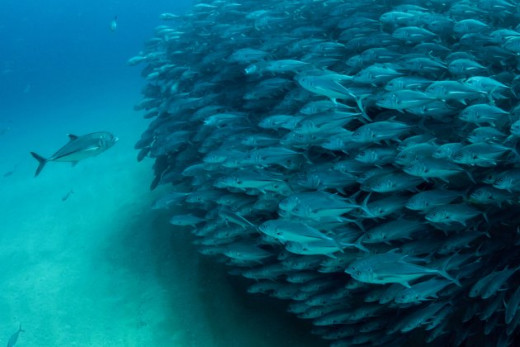
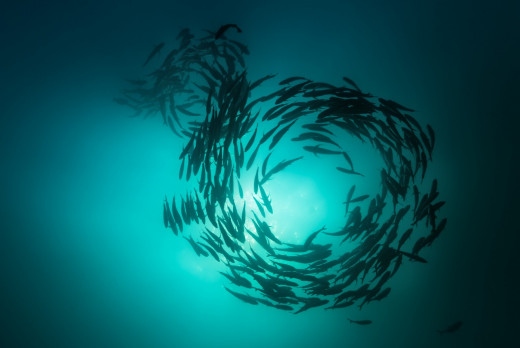
Up close and personal with Octavio Alburto
Octavio Aburto is professional photographer related with the International League of Conservation Photographers. He is also a research scientist at SIO (Scripps Institution of Oceanography). He worked as photographer of marine ecosystems in Mexican coastal waters since 1994. He has inspired many people, especially about conservation of marine habitats. His photographs used to illustrate outreach publications and send messages to the world “how we should care with marine protected areas and the fisheries”.
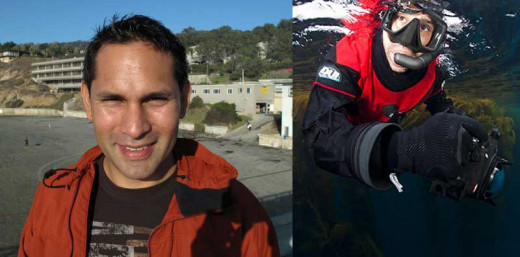
What should we do?
Until recent years the underwater world of the coral reef was something beautiful. Many divers who interest in its beauty and mystery overcame their fears. The tourists love to see the panorama through glass-bottomed buckets. So, we have a big job to keep the reefs as the part of underwater park, a preserve for the skin-diver, the fisherman and the fish watcher.
On the following pictures here like illustrated a pictorial panorama under the sea and it is an unique preserve. So we need the rules and the regulations for undersea preservation. Like: kind of sports and commercial fishing with hook and line are permitted. And then the net fishing and the use of electric or poisons in taking fish are banned. But skin-diving for observation, photography and for pleasure is permitted and encouraged.
Marine preservation
